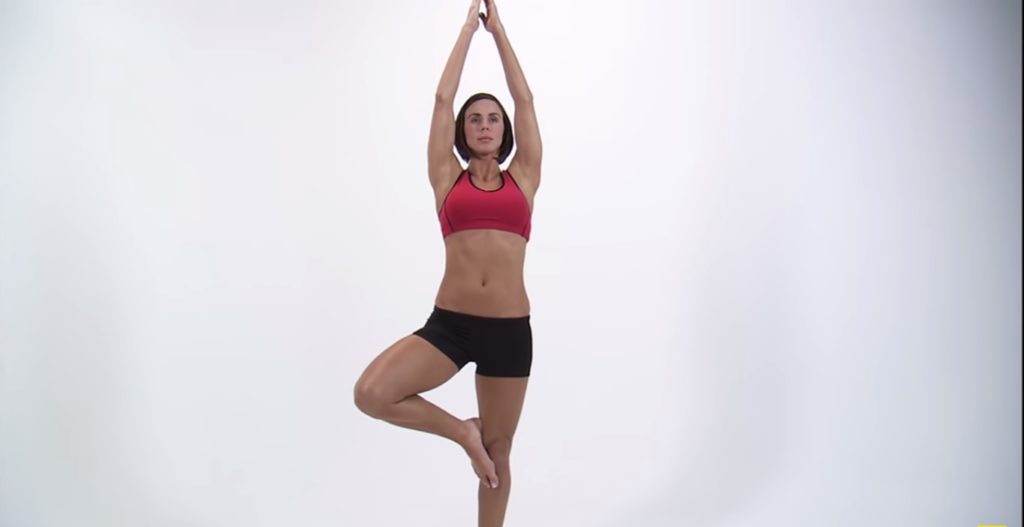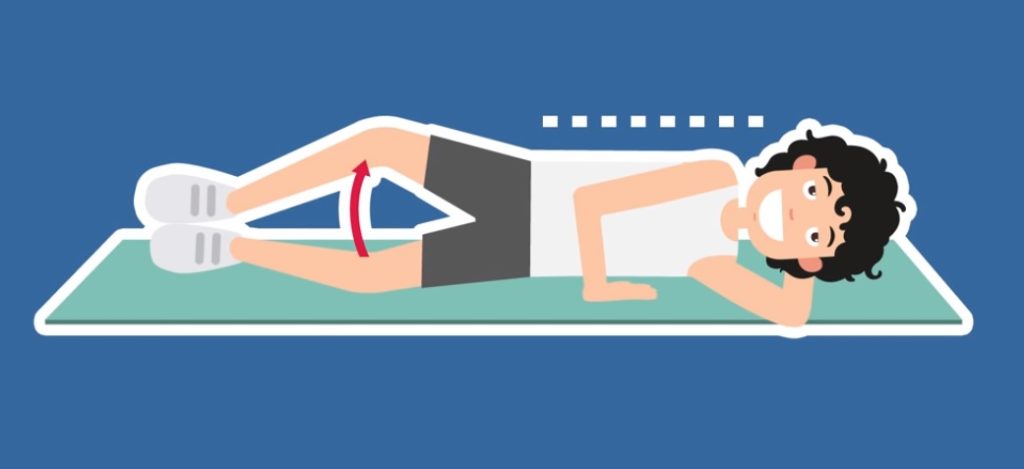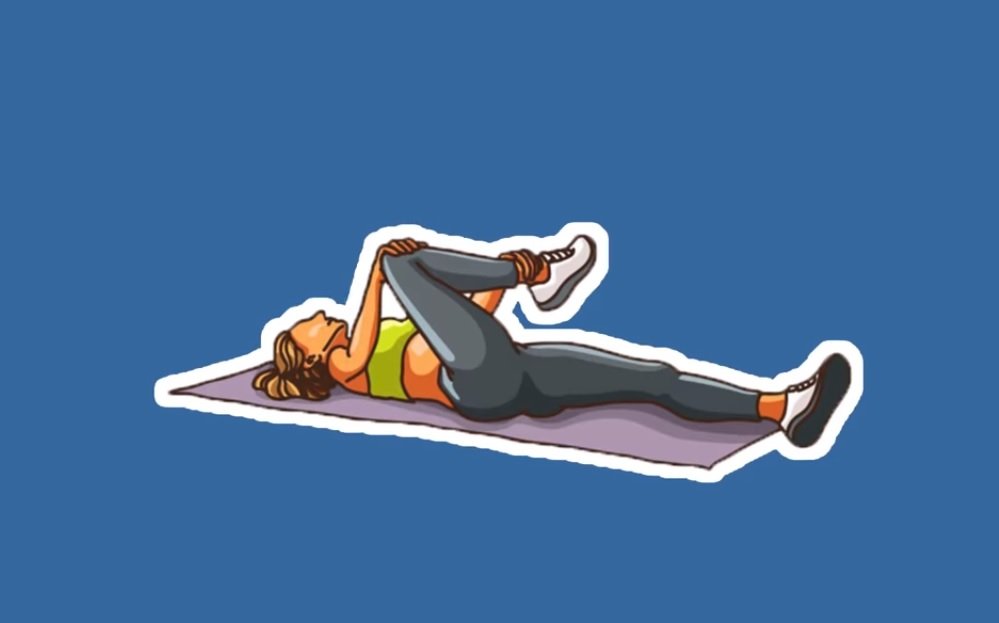Contents
Here are some fibromyalgia exercise stretches that you can complete if you are experiencing pain related to medical issues. If you’ve ever experienced muscle hip or lower back pain, chances are it was a direct result of an irritation of the sciatic nerve. This muscle pain can spread downwards and also affect the limbs and the feet as well.
Fibromyalgia Exercise
Many people suffer from this fibromyalgia pain and it can make their daily routines challenging. If you are unfamiliar where the sciatic nerve is, it’s located deep in the buttocks. Because it surrounds the piriformis muscle, any constriction or swelling to the muscle could lead to an irritation of the nerve and possibly pain as well.
Some Piriformis Stretches
The piriformis muscle connects the top of the femur to the spine. It’s the main one that supports the outward movement of the hip upper leg and foot. However, the sciatic nerve can sometimes pass through this muscle and cause sciatica or known as piriformis syndrome. Many people use medication to numb the pain but that won’t fix the irritation issue and you’ll just end up on medication for the rest of your life. Instead, try the following piriformis stretches which offer incredible effects.
Here is the fibromyalgia exercise stretches you can do to help ease or get rid of sciatica, hip, and lower back pain.
Supine Piriformis Stretch
Begin by lying down with your knees bent upwards, then cross the affected leg over the other leg by bending it upwards towards the chest. Next, you’ll grab your knee with one hand and your ankle with the other hand, and pull slowly towards the shoulder which is lined with your ankle. If you’re doing it correctly you will feel a stretch through the glutes in the buttocks.

Standing Piriformis Stretch
This is another good fibromyalgia exercise for sciatic pain relief. Start in a standing position and place the affected leg over the other leg. If it looks like the number four you’re doing it right. Next, slowly lower your hips towards the ground at a 45-degree angle. Lean forward with your torso and extend your arms to the ground and make sure your spine is straight at all times.

Outer Hip Piriformis Stretch
Begin by lying on your back and bend the affected leg upward by placing your foot close to the back of the other legs knee. Next, tuck your foot behind the knee and twist your leg to the opposite side with the knee facing out. Next, place your hand on the knee and raise your other arm in the air, then slowly start lowering your arm towards the opposite direction of the knee. That’s Outer Hip Piriformis Stretch for fibromyalgia exercise.

Long Adductor Groin Stretch
Begin by sitting on the floor and stretching your legs out. Keep them as far apart as possible. Then gently lift your torso forward towards the ground and place both hands on the floor next to each other. If you want to take it further try and touch your elbows to the ground by leaning forward.
Short Adductor Inner Thigh Stretch
Start this fibromyalgia exercise by sitting on the ground and put the soles of your feet together. Hold both ankles with the opposite hands. Gently pushed downward with your knee and try to touch the ground with them. If you begin to feel pain, stop, and take it back an inch or two.

Sideline Clam Exercise
Lay on your side with the affected hip on top. bend your legs backward so it looks like an L shape and makes sure one foot is over the other. Also, make sure your spine is straight and your affected hip is parallel to your other one. Now keep your feet together and raise the top knee upward and then bring it down slowly.

Hip Extension Exercise
Get on the ground on all fours and make sure your hands are in line with your shoulders. Tilt your weight off the affected leg and raise it upward with your knee bent then lower your leg slowly to the starting position.
Supine Piriformis Side Stretch
For this fibromyalgia exercise, lay on your back with your legs flat and begin to bend the affected leg upward. Begin to bend the affected leg upward and place the foot on the outer side of the other leg near the knee. Using the opposite hand, gently pull the knee of the affected leg across the middle of your body until you feel a stretch. Make sure to keep your shoulders and hips on the ground at all times.

Do you have any fibromyalgia experience or any other type of medical condition which causes pain, let us know in the comments section below.




Brilliant information, thank you
Pingback: Fibromyalgia Explained! Causes, Tender Points & Symptoms -